
Browse an alphabetical list of articles about the Holocaust and World War II. Learn more about topics such as the Nazi rise to power, how and why the Holocaust happened, life in Nazi camps and ghettos, and the postwar trials.
<< Previous | Displaying results 401-421 of 1105 for "Article" | Next >>
The German-Soviet Pact paved the way for the joint invasion and occupation of Poland by Nazi Germany and the Soviet Union in September 1939.
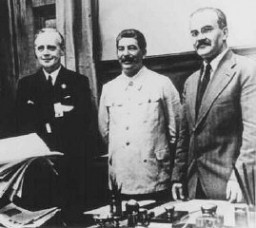
Learn more about the Jewish population in Germany in 1933.
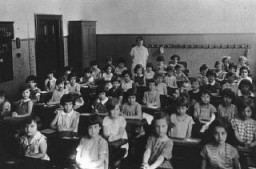
Read the Jewish Partisan Educational Foundation's short biography of Gertrude Boyarski.
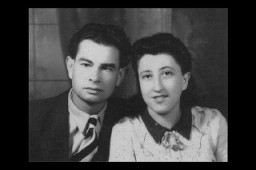
The Gestapo was Nazi Germany’s infamous political police force. It enforced Nazism’s radical impulses and perpetrated crimes against targeted groups. Learn more
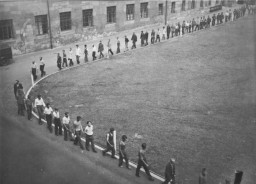
Ghettos separating Jews from the rest of the population were part of the Nazi plan to destroy Europe's Jews. Read about ghettoization during the Holocaust.
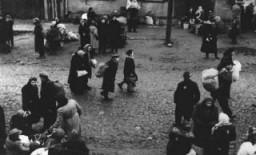
During World War II, the Nazis established ghettos, which were areas of a city where Jews were forced to live. Learn more about ghettos in occupied Poland.
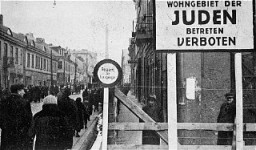
Explore Gideon Frieder’s biography and learn about his experiences as a child during the Holocaust in Slovakia.
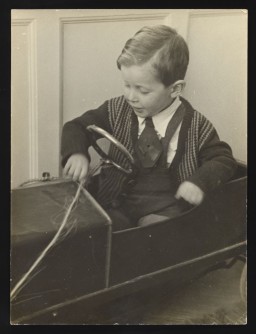
In 2013, Yad Vashem recognized Italian cyclist Gino Bartali as Righteous Among the Nations for his rescue activities. Learn more
The Jewish children of Lodz suffered harsh conditions after the German invasion of Poland. Read excerpts from diaries where they recorded their experiences.
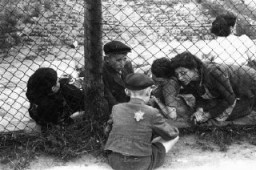
Gleichschaltung is the German term applied to the Nazification of all aspects of German society following the Nazi rise to power in 1933.
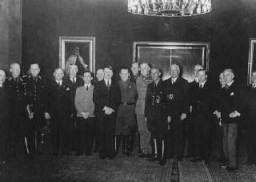
Antisemitism: hostility toward or hatred of Jews as a religious or ethnic group, often accompanied by social, economic, or political discrimination. Appellplatz: German word for roll call square where prisoners were forced to assemble. Aryan: Term used in Nazi Germany to refer to non-Jewish and non-Roma (Gypsy) Caucasians. Northern Europeans with especially "Nordic" features such as blonde hair and blue eyes were considered by so-called race scientists to be the most superior of Aryans, members of a…
Learn more about the Holocaust Encyclopedia’s key terms and individuals in the Nazi judicial system.
The Grafeneck T4 Center was the first centralized killing center to be established by German authorities within the context of the Nazi “euthanasia,” or T4, program.
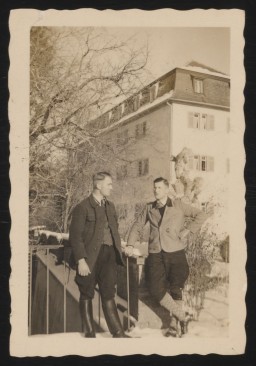
Learn about causes, scope, and impacts of the Great Depression, including how it played a role in Adolf Hitler's emergence as a viable political leader in Germany.
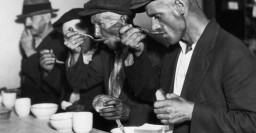

Learn about the Gross-Rosen camp, including its establishment, prisoner population, subcamps, forced labor, and liberation.
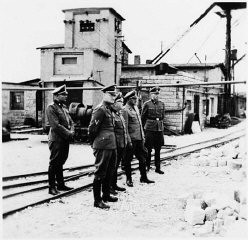
In 1939, the French government established the Gurs camp. Learn more about the history of the camp before and after the German invasion of France.
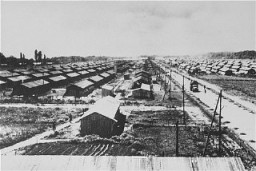
In 1940, the Nazis established Gusen concentration camp. Learn more about camp conditions, forced labor, and liberation.
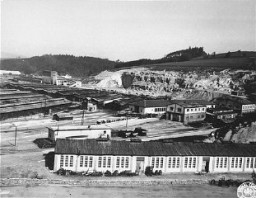
German industrialist Gustav Krupp von Bohlen und Halbach was one of 24 leading German officials charged at the International Military Tribunal.
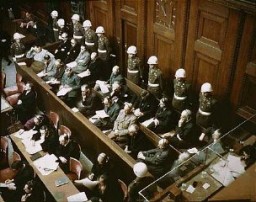
Hermann Göring held many positions of power and leadership within the Nazi state. Learn about key dates in the life of Hermann Göring.
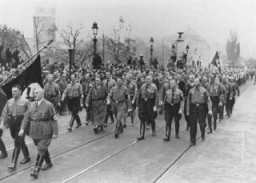
The German town of Hadamar housed a psychiatric clinic where almost 15,000 men, women, and children were killed between 1941 and March 1945 in the Nazi Euthanasia Program.
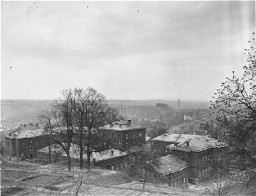
We would like to thank Crown Family Philanthropies, Abe and Ida Cooper Foundation, the Claims Conference, EVZ, and BMF for supporting the ongoing work to create content and resources for the Holocaust Encyclopedia. View the list of donor acknowledgement.